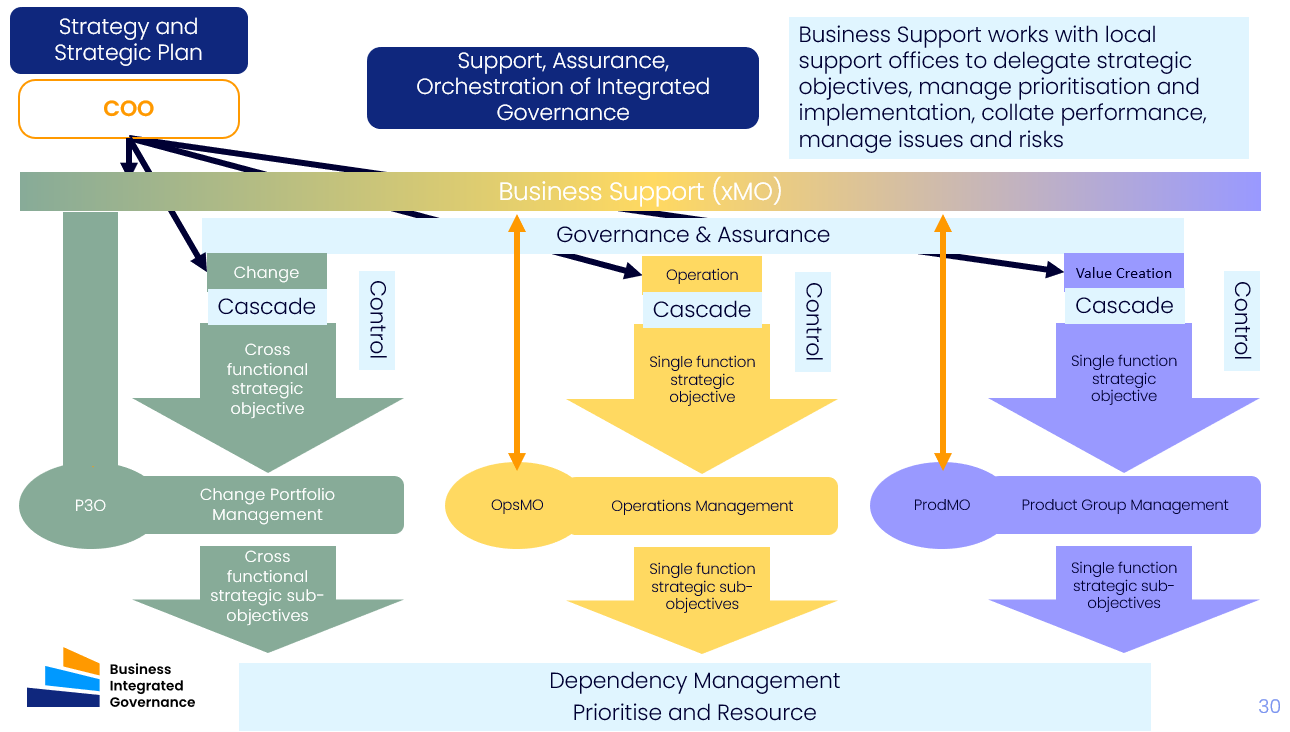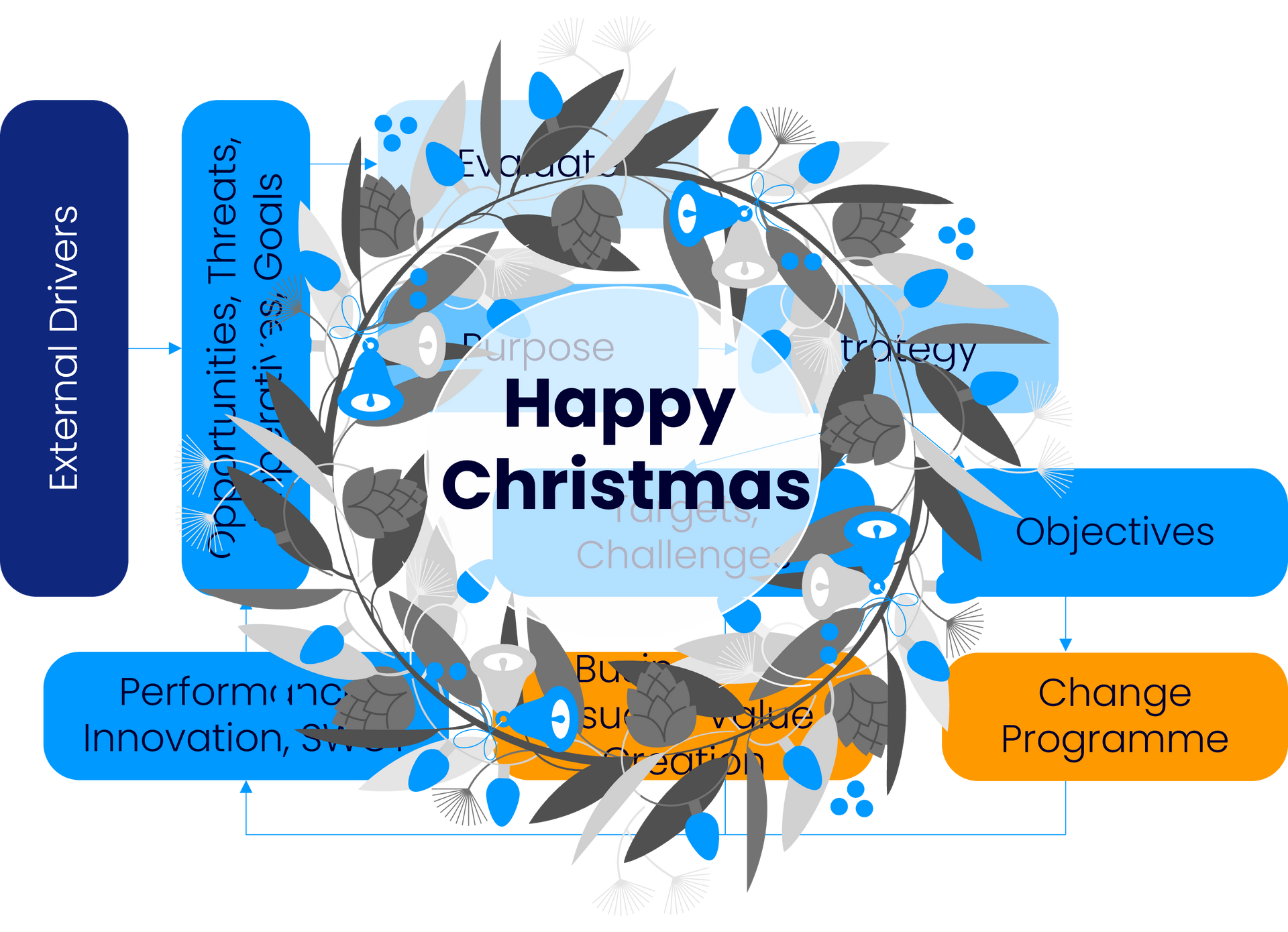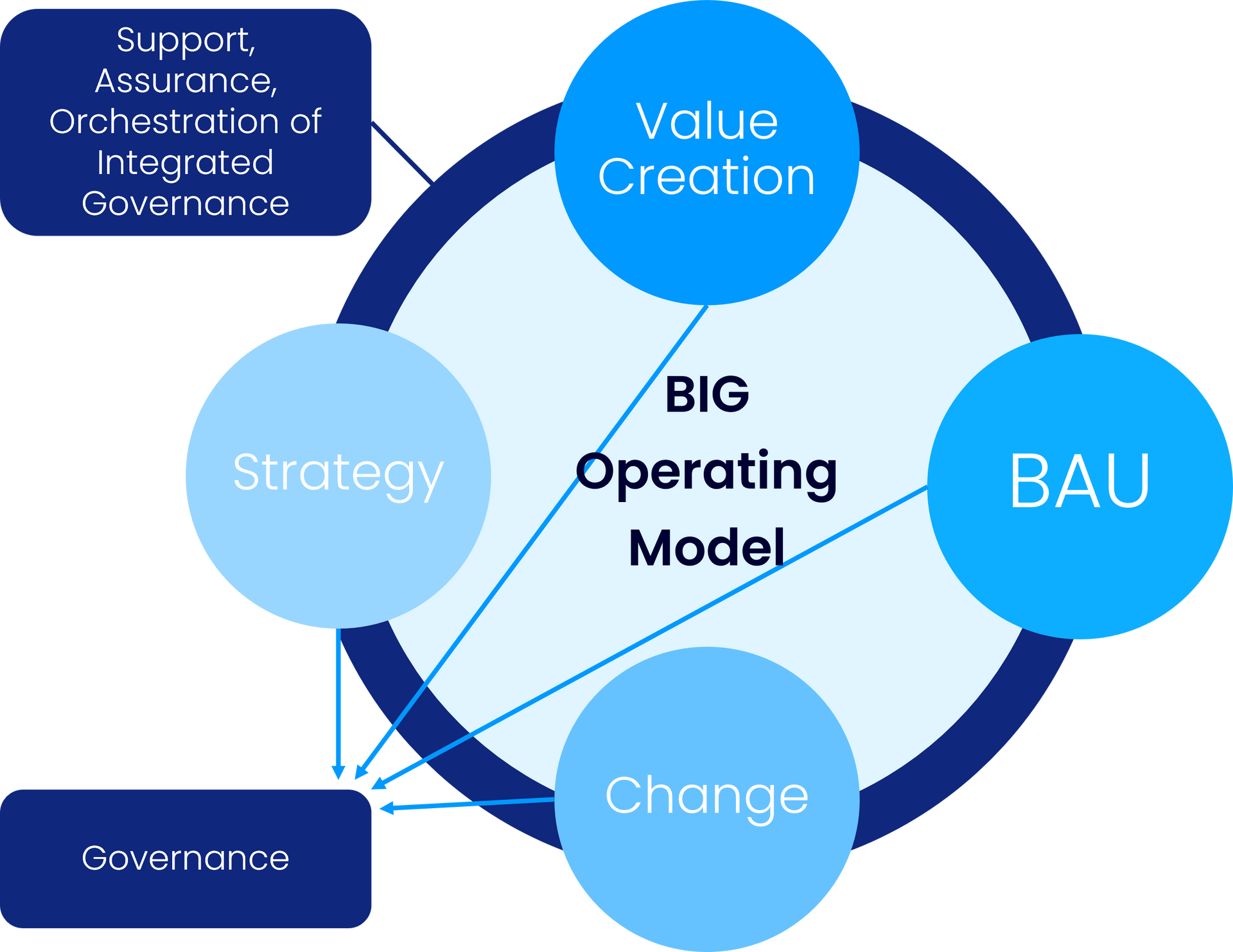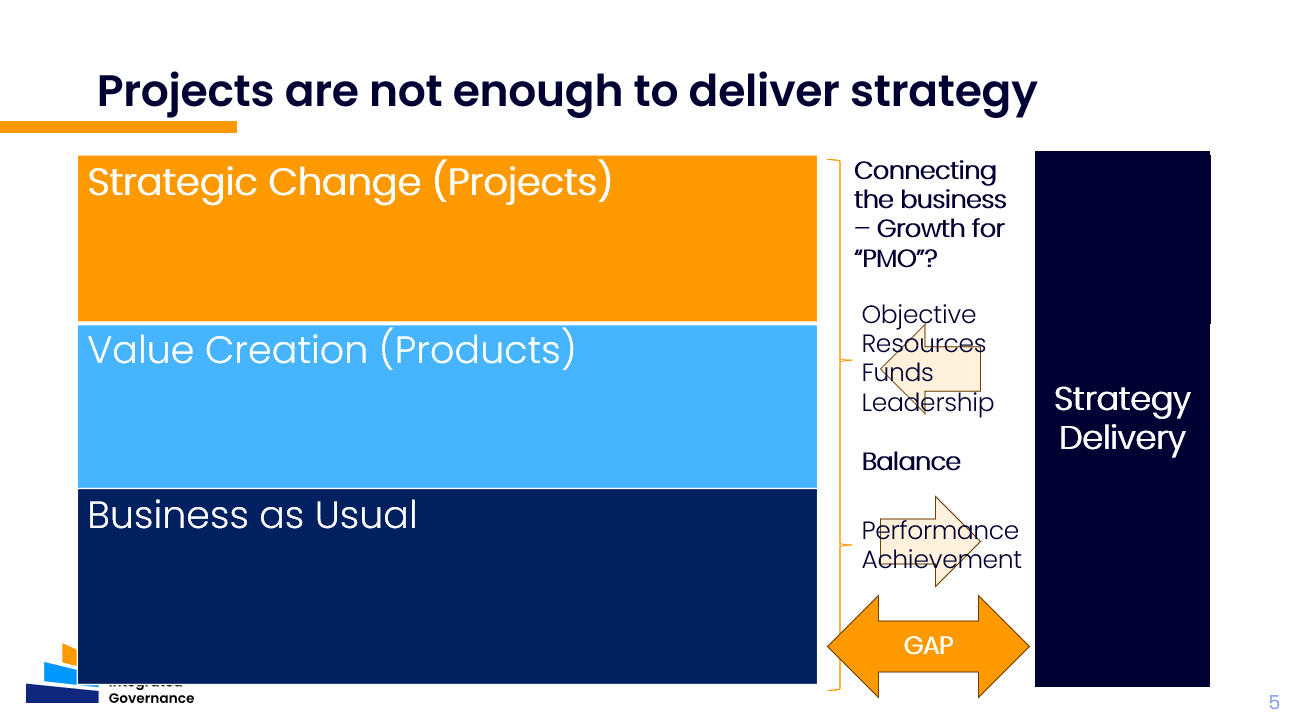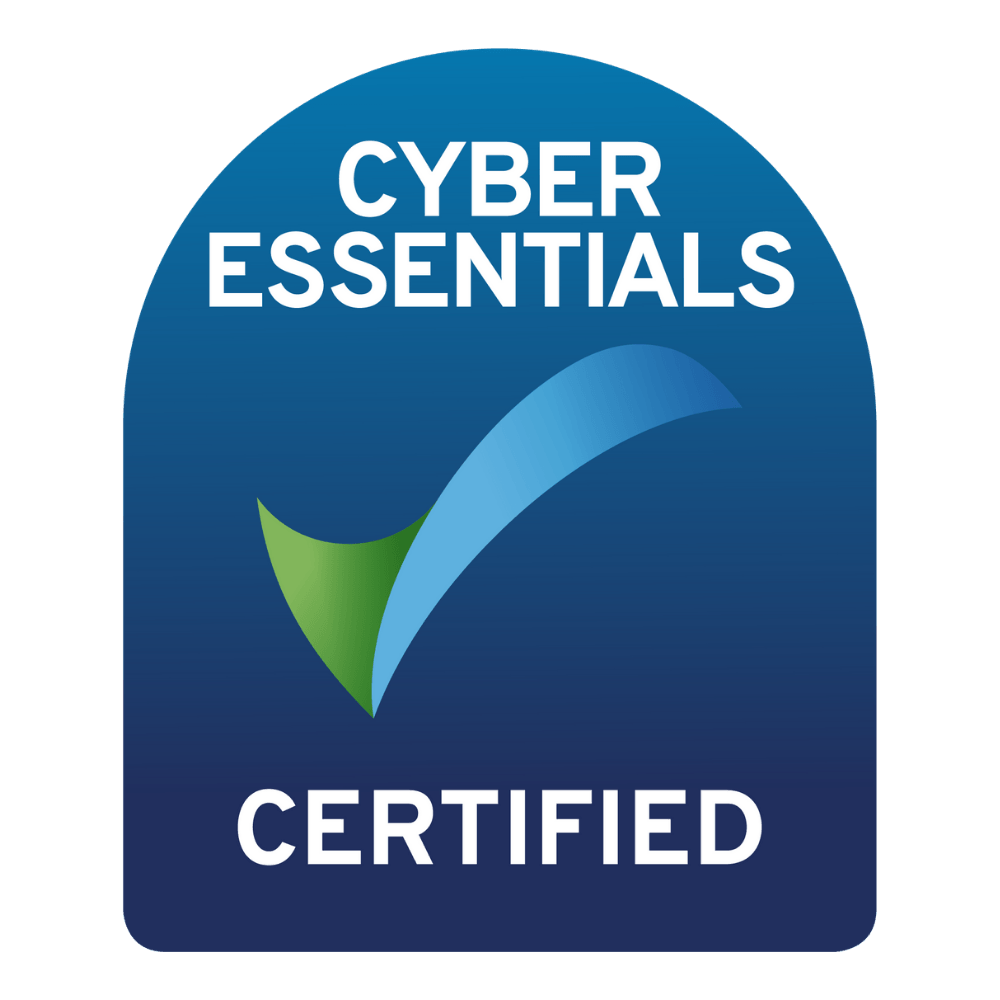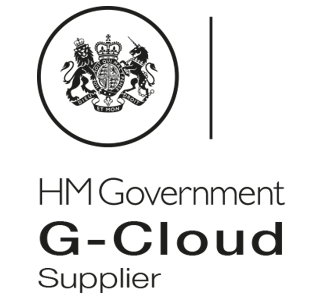Deepteam Blogs
Event Summary:
From Strategy to Value - and Back Again
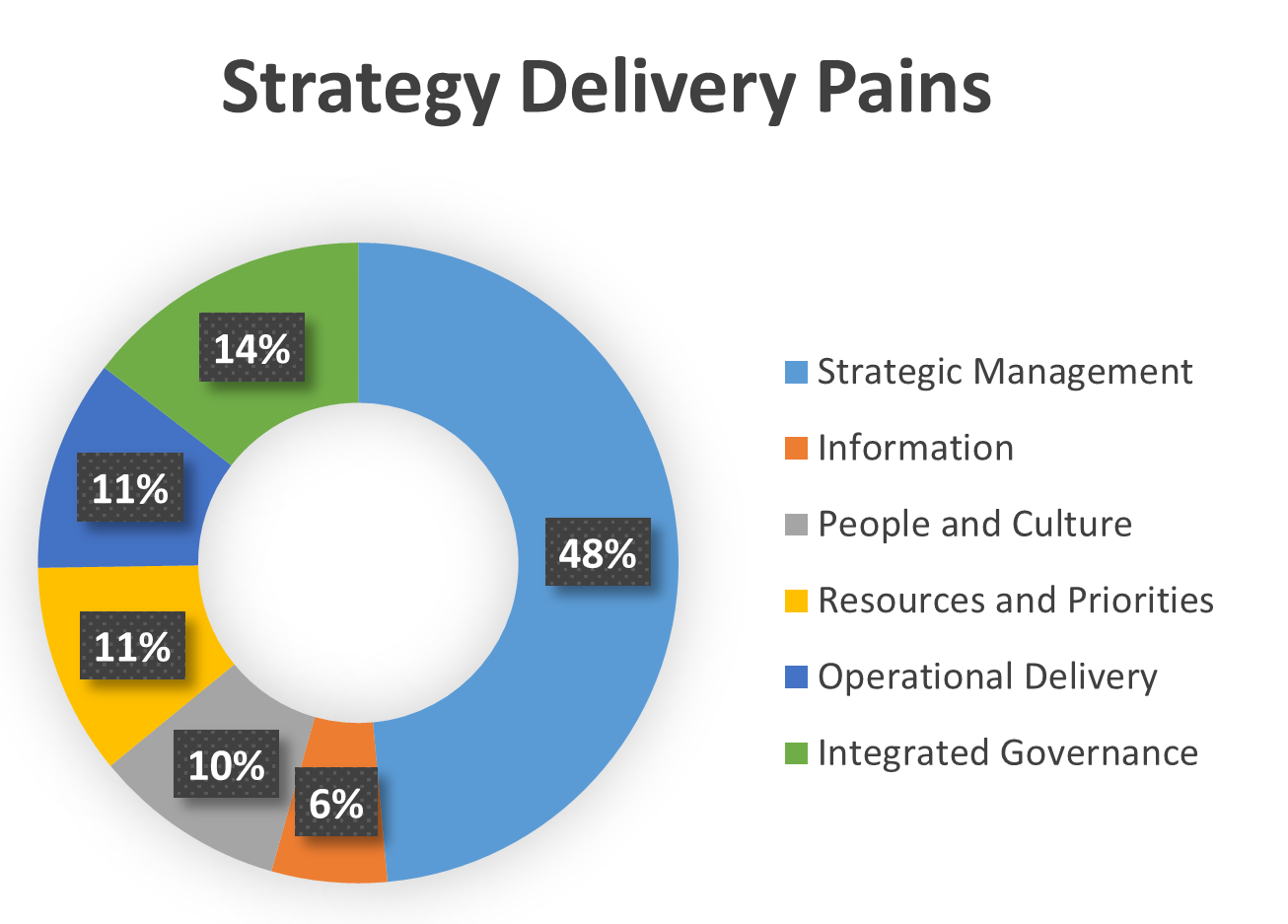
Session presented 28th April
Many of us belong to organisations with a clear purpose and strategic approach to the future.
Some drive markets with innovation and wrap business strategy around creativity. Others attack the future by forging fantastic customer relationships. Most are somewhere in between, but in all cases product (items or services) people are the hot core of our value generation.
In response, our organisations are systematically defined and built to manage clearly defined workloads. We set up Departments for continuous delivery, Functions around a core processes, or multi skilled groups focused on shorter term objectives and projects.
Our product teams are often set up as a core of people with the challenge to integrate and coordinate the organisation. Their task is to get things done through agile development teams, functional units and suppliers often with no common approach to planning, prioritising, dependency / risk or performance management.
But how do product objectives fit within the business priorities?
It may be possible to show the value profile for a particular product – but what is the strategic fit?
For example, our sales team may be interested in selling an old product line as they know it and can make their numbers with it - but strategically the sales director may be wishing to move onto replacement lines.
Furthermore - what is the priority of the business objectives for a product compared to a replacement finance system? How do you compare apples and pears?
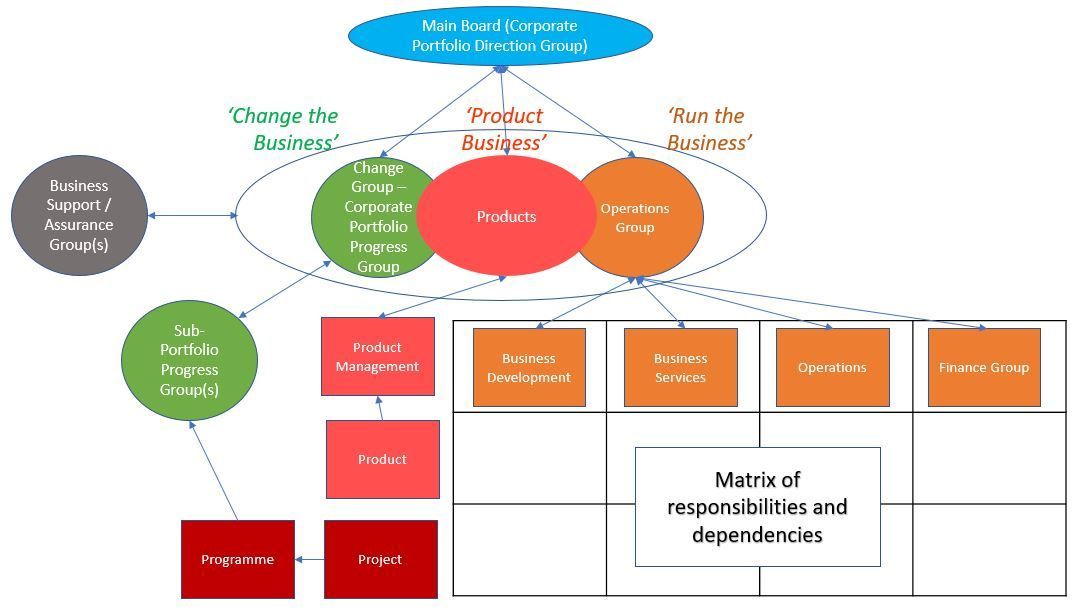
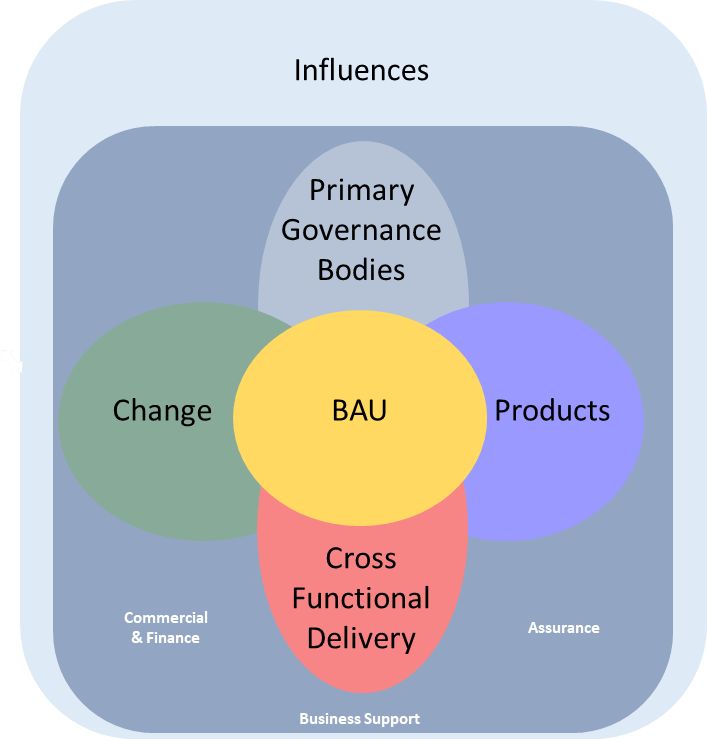
Understanding strategic alignment in addition to the commercial case for a product can further help prioritise efforts across the organisation. Prioritising products (and related workloads) may help selection of product options, but alignment to strategy enables functional leads to understand the importance of supporting products alongside carrying out their functional or change related commitments.
Furthermore, alignment to strategic objectives can help product leads work more easily within their organisations. For example, clear prioritisation can help a product lead face fewer battles for engagement, resources and funds in the complex matrix of responsibilities and dependencies.
Where to start?
Join David and Pam in this agenda:
- Strategy & Strategy Flywheel
- Information flow & OKRs
- Organization around types of value
- Getting the organization behind you
- Work out where to start!
The session started by offering some core definitions for 'strategy' - as a common complaint is that there are many perceptions of what strategy is and is not.
"Strategy – a journey to the future while managing a balancing act along the way?"
We suggested that the challenge for our senior leaders is to manage the process to develop, implement and deliver strategy without getting lost in the murk of reality!
We offered our view on the process of 'Develop' and talked about a 'strategy information model' comprising of all the artefacts from 'purpose' to 'busienss case' and included a perspective on the relationship of strategy and innovation.
We asked the audience to comment on their view of how product management was included in strategy, and what came back wasn't a tale of systematic inclusion.
We proceeded to offer a model for how the cascade could happen from strategy to strategic plan, through strategic choices to implementation in BAU, Change and Value Generation workstreams. We illustrated how strategic and tactical choices where constantly needed. and suggested that the often-reported tension between BAU and Change was down to lack of framework for making strategic vs tactical choices.
We further proposed that the means to extract some of the emotional tension out of strategic vs tactical choices was to manage using Objectives and Key Results (OKRs). In busienss there are clear targets for revenue and sales. In product management we can see product usage analytics on usage and adoption. In delivery we can see milestones or other flow metrics. OKRs are positioned as strategic metrics to enable us to track strategic accomplishment and compare the importance of different options / choices.
The challenge for strategy delivery is decomposing strategy into OKRs which can be
- cascaded through the organisation,
- updated as drivers behind them change,
- prioritised so the most important ones receive funds / resources, and
- tracked for progress on past / forecast achievement.
We positioned Business Integrated Governance to ensure that governance within and across Operating Models is aligned, so that choices are made against strategic rather than tactical priorities.
Call to action:
- We can only improve product management so far
- We can try to influence / collaborate colleagues so far
- We need an ecosystem to effective work in…
- Think BIG!
Session Presenters

David Dunning
Director

Pamela Schure
Director
Association of International Product Marketing & Management Recording:

